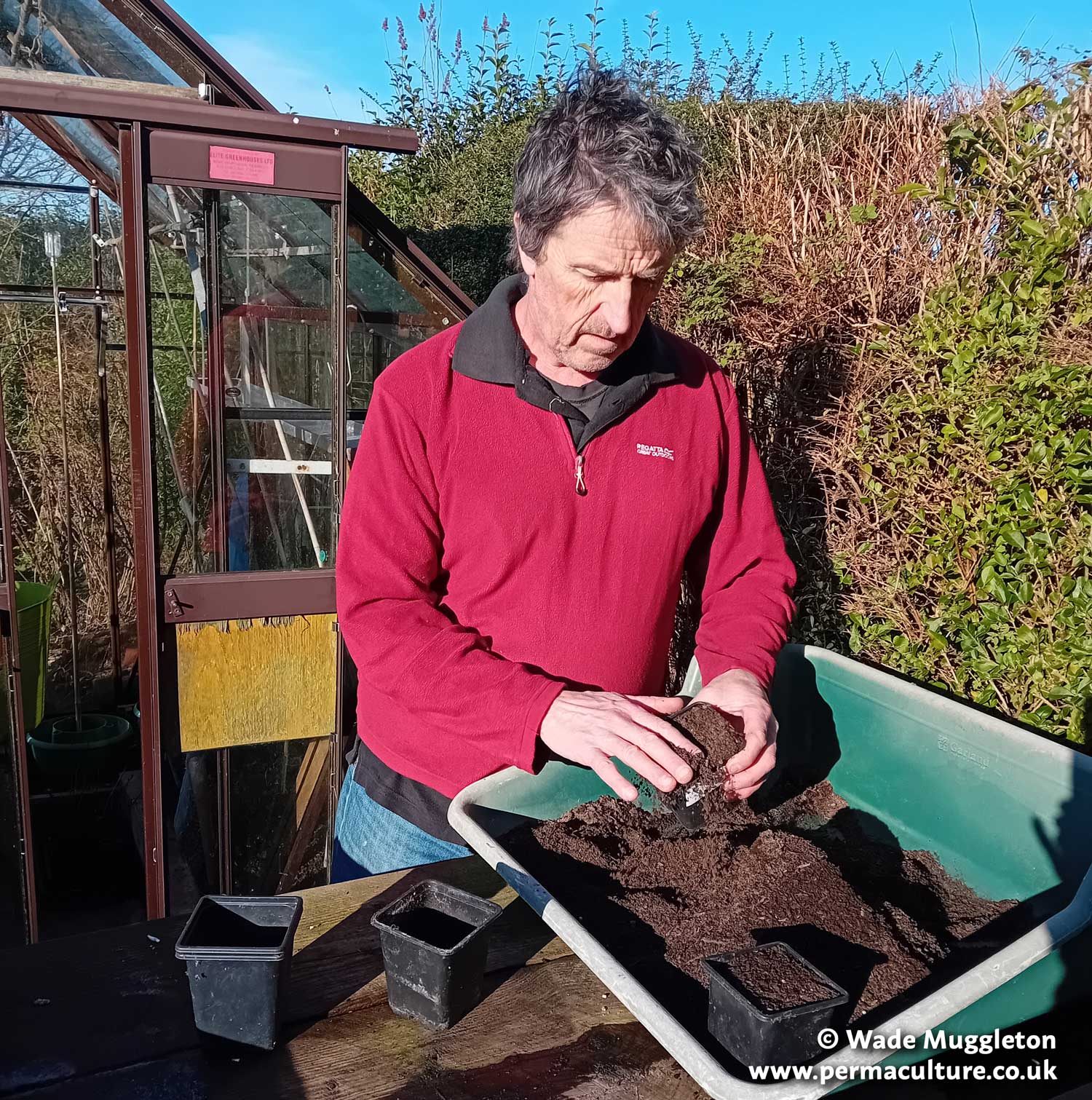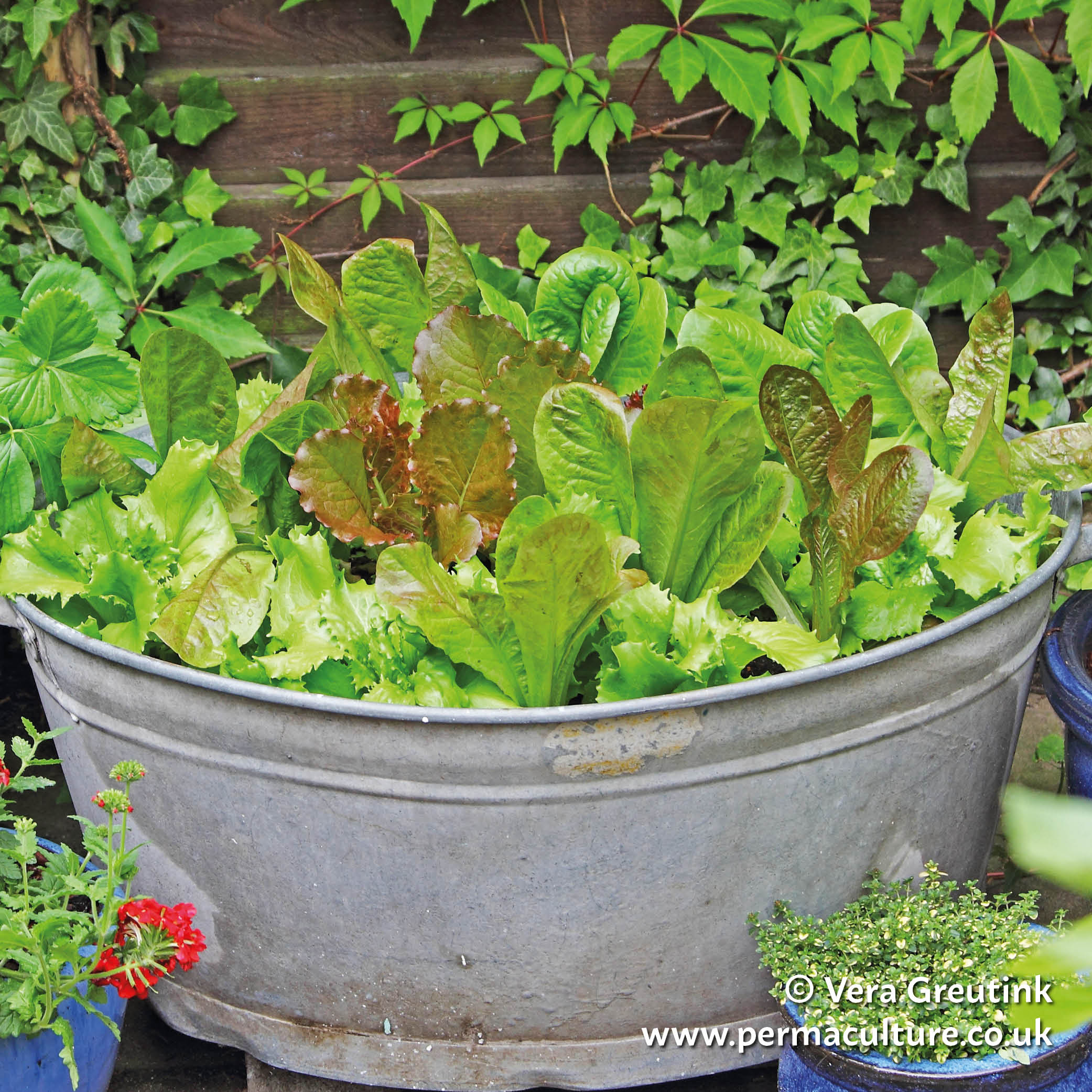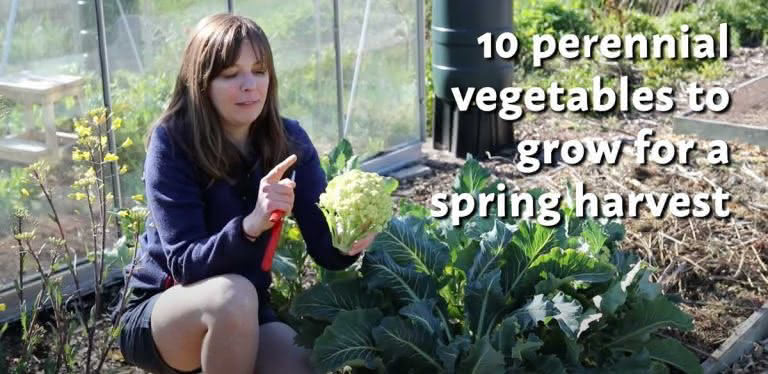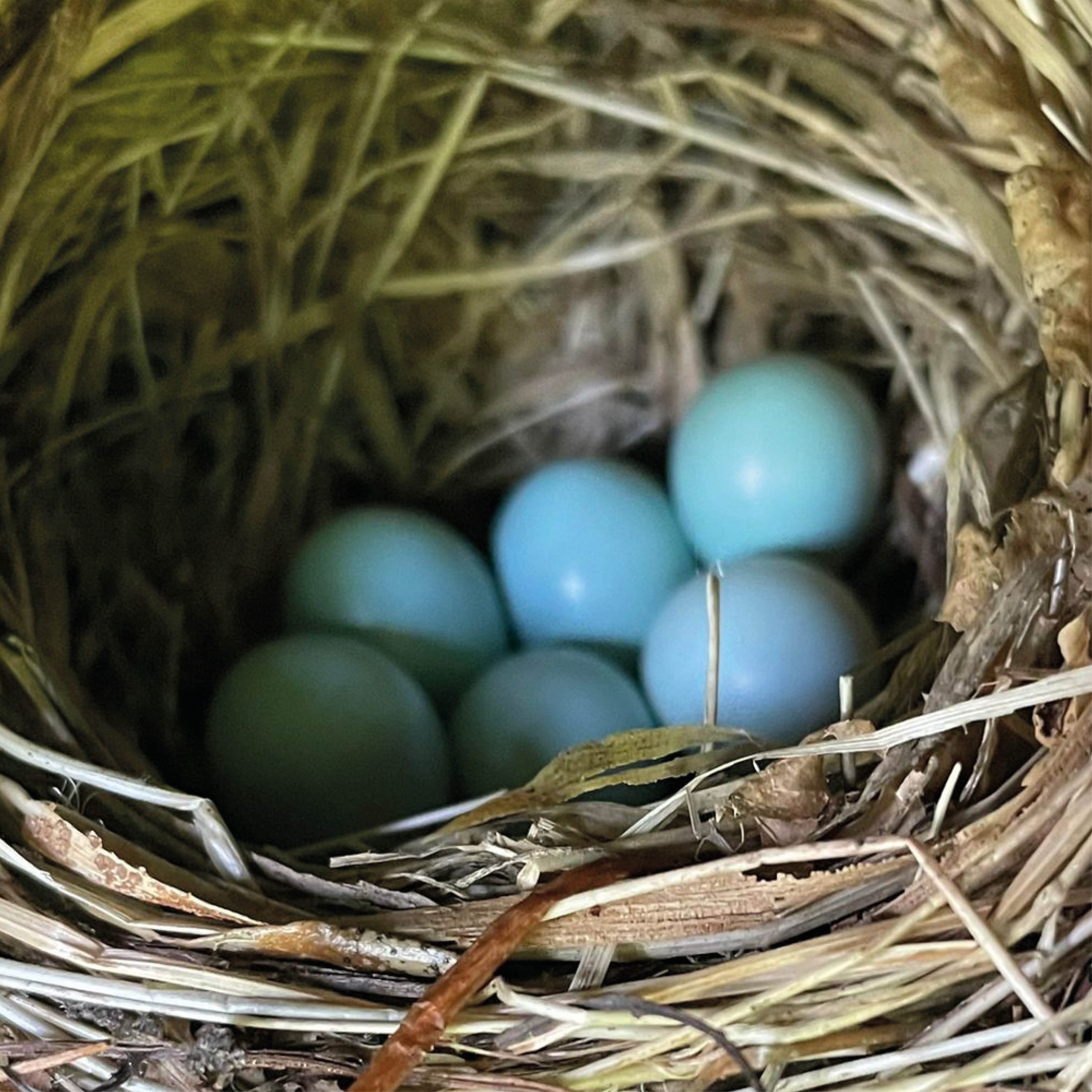Beech trees are tall and imposing, and have a grace and beauty to them whatever the season. Everyone notices and admires them in the autumn when the leaves turn bright orange and these majestic trees blaze in the low autumn light. But personally, I love them the most in the spring when their elegant leaf buds unfurl, each like a small fan, and their delicate vibrant green leaves cast a translucent green light around the tree. Look out for the tufty female flowers and clusters of male tassels, which appear just after the leaves in May. Once pollinated, the female flowers develop into the familiar bristly husks of Beech masts.
These ripen throughout the summer and release their bounteous crop of triangular beechnuts in September. Known as the Mother of the Woods, Beech trees have a strong, welcoming and nurturing presence. Their smooth grey trunks draw me in to sit against them and the fluid contours of their branches remind me of slow-dancing women. I think of them as wise and loyal female friends, always there, and willing to listen. These woodland giants are known as ‘landmark’ trees and would have been used by people in the past to find their way through the woods, and as meeting places. I use them myself when describing to others how to find a spring or cave in the woods or a place to meet… so the practice continues!
It used to be thought that the Romans brought Beech trees to Britain from Europe, but evidence now reveals that they are natives, and have been growing here since the ice melted and flooded the land bridge between Britain and Europe at the end of the last Ice Age. They were only found in the South of England at first, and their spread has been slow, but such is their success and adaptability, that they have been steadily spreading northwards ever since. Tenacity and adaptability are part of the Beeches’ signature picture. They are now the third most common tree of British woodlands and are found growing as far north as Scotland. In Continental Europe they are found even further north in Norway and Sweden, and in Central Europe they are found at altitudes of 6,000 feet (1,830 metres).
In the Middle Ages, Epping Forest and Burnham Beeches were planted for timber, and huge ancient Beeches can be visited here still, many with large bulbous trunk boles from when they were repeatedly pollarded in the past. Beeches generally live for three hundred years, but some of these ancient pollarded trees are five hundred years old. The longevity of Beeches is a defining aspect of their signature picture and during their lifetime they create a stable forest environment, rich in wildlife, plants and fungi.
Over time, mycelia (the fine thread-like hyphae of fungi) attach themselves to the roots of the Beech trees and form a symbiotic relationship with them. The mycelia help the tree by providing nutrients from the soil, and in exchange the trees provide the fungi with carbohydrates and sugars. The mycorrhizae (which literally means ‘fungus root’) networks can spread for miles and ultimately provides the trees with a vast communication network that allows Beech trees to communicate over large distances, adding communication and community to their signature picture. Through the mycorrhizae networks they move carbon, water, nitrogen, phosphorous and other valuable nutrients around the woods so that their environment stays secure and healthy.
Suzanne Simard’s ground-breaking research proves that trees help each other and that Beech trees share their resources, and support sick trees by sending them extra nutrients. If their leaves are under attack from insects, they will send messages to other trees nearby so that they produce toxins in their leaves that prevent them from being eaten. This shows without a doubt that trees are conscious of each other, aware of their interconnectivity and are able to work co-operatively together for the good of their forest home. This adds interconnectivity and co-operation to their signature picture. Suzanne Simard’s research reveals that within a forest there are several large Mother trees, with strong mycorrhizae networks that benefit the whole woodland and act as a communication hub for the surrounding trees. This new knowledge will hopefully lead to changes in the methods used for cutting down trees. The present practice of clear felling rips the soils apart, breaks up the beneficial mycorrhizae networks and leaves whole swathes of land open to erosion. If we leave the Mother trees and fell in smaller sections, it has been found that the forest can rebuild its soils more quickly, and is more able to cope with the trauma that felling brings.
Trees live in two worlds, one above ground, the world we live in, and the world below ground, the world of roots and soil. The roots of Beech trees are prominent in their signature picture, not only through their attachment to the mycorrhizae networks below ground, but because we can often see them, and can have contact with them above ground. Soil erosion reveals how close to the surface Beech roots are and the way that they weave around themselves. The other long-lived forest giants, the Oaks, have long tap-roots that anchor them very firmly in the ground and their trunks rarely fall, but the shallow rooted Beeches fall when they are weakened, making space for the next generation of Beech to grow. Their bodies continue to feed, nurture and add to the life and regeneration of their forest home and their interconnectivity and life-force continues. Suzanne Simard shows that Mother Beech trees favour their own seedlings, which they recognise. The seedlings of Beech trees are shade tolerant and grow close to the parent trees, and the Mother trees will withdraw their roots to make room for their own seedlings’ roots, and will regulate the growth of their seedlings so that they do not get too big until the Mother tree dies. This ensures there are strong seedling trees ready to carry their DNA forward. I add legacy to their signature picture, as their actions seem to suggest they understand the importance of caring for the future.
I am inspired by the Beeches’ sense of stewardship and their ability to look after the forest as a whole. Their energy picture is one of calm overview and they are our great allies when we need to find our sense of place and belonging. I feel humbled by their wisdom and know that we humans have a lot to learn from them. They teach us to take the long view and we can learn much about ourselves and our Earth home by making time for conscious reflection on the future. Since the industrial revolution, technological advancement has changed our lives, often for the better, but also to the detriment of the Earth and the complex ecosystems on which we depend. As humankind learns a greater integration with the rest of life, and to share and protect the Earth’s resources, we enter a new phase of our own evolutionary journey. Walking with Beech trees reminds us to slow down, absorb and deepen our understanding of the knowledge we have gained, and live our lives in co-operation with the trees for the sustainable future of our Earth home.
Known as the ‘Mother of the Woods’ and the ‘Beech Queen’, Beeches are the feminine counterpart to the ‘Oak King’, our other large native broadleaf forest tree. Beech trees were held in highesteem in the eyes of our ancestors. They were venerated for their connection to learning and knowledge, and the wisdom from the Otherworld. They are linked to all gods and goddesses of wisdom and learning. These include Ogma, an early Celtic god associated with the wisdom of the Ogham, and Odin of the Nordic tribes who intuited the Runes. Both systems are still in use as ways to communicate with forces beyond our surface reality.
Beeches are associated with communication and with sharing knowledge. Early writing tablets were made from thin slices of Beech. These were later bound together to make an early form of book and replaced the parchment and vellum scrolls made from animal skins. Beech bark has a smooth even surface, and an old country custom was to carve initials of loved ones and symbols into the bark. This is not something any of us would want do today as it weakens the trees. If you do feel drawn to write symbols or initials on Beech trees, then use charcoal or chalk. They can be renewed when they begin to fade, along with your intention for writing them.
The Druids believed that to inscribe a symbol gave power and manifestation to the meaning of that symbol and Beech wood was used for magical carving and for inscribing the Runes or the Ogham symbols on to. It was known as a good-luck wood and carried as a talisman. Beechnuts were carried and eaten as symbols of wisdom. Washing in Beech infused water found in their hollows was said to improve the skin and wash away cares and negativity.
Beech trees are associated with the Element Air, communication and interconnectivity. Their often-visible roots link them to snakes, healing and inner wisdom.
The Latin name of the Beech genus is Fagus, which is derived from the Greek word ‘phagein’ and means ‘to eat’. Both the leaves and the nuts are edible and have been eaten by humans throughout our history.
CAUTIONS
* The nuts should not be eaten raw in large quantities as they contain a toxic substance, saponin glycoside, which can cause gastric problems.
Roasting the nuts destroys the toxin and also adds to their flavour.
Medicinally, the bruised fresh leaves are soothing and can be placed directly onto any inflamed or infected parts of the body that are swollen, or boiled to create a poultice.
When the leaves first unfurl they are papery thin, very delicate and good to eat. This only lasts a couple of weeks, and every year it propels me to go foraging for Beech leaves in the beautiful Beech woods near my house. I bring them home and tear them into mixed salads or chop them fine with a sweet honey vinaigrette. Another of my yearly rituals is to make Beech leaf gin, a very fine and unusual liqueur, which is quick and easy to make.
Beech leaves can be made into a soothing oil or ointment, which is good for dry skin, dandruff, and other dry skin conditions.
Herbal oils are absorbed into the bloodstream by rubbing them onto the skin and the herb will act in its usual way. Only make a small amount at a time, as the oil will go rancid after a while.
Herbal oils can be made any time using dried herbs.
1. Place the plant matter in a clear jar and cover with organic olive oil or sunflower oil. For a massage oil that will be absorbed more easily into the skin, use a cold pressed almond oil or grapeseed oil.
2. Prod well with a chopstick to release any trapped air, and place in a sunny window for two weeks, shaking or stirring with a chopstick every few days to avoid mould developing.
3. Strain though a piece of clean muslin and store in a sterilised dark bottle. Label and date. (To sterilise – place them in a hot oven as for jam-making.)
If you don’t have time for this or it is not sunny, then place in a double boiler over a very low heat until the herbal oil is warm and let the herbs steep in the oil for an hour or two.
Taking tree essences help us to connect to the signature qualities of the tree at a subtle, energetic and healing level. A flower essence or remedy is made when the tree is in flower and when the sun is shining, but a tree essence can be made at any time.
I have a little essence-making kit in a cloth bag, which is easily transportable on a walk. It consists of a small glass bowl, a small bottle of spring water, and a sterilised dark dropper bottle that is half filled with brandy. Tree essences can last indefinitely.
1. Have a moment of appreciation and meditation with the tree and then place the bowl half-filled with spring water, beneath the tree. You might put a leaf or flower in the water but this is not essential (and never from the Yew!). Then retire a little distance away and sit in stillness, or lose yourself in free-flow writing or drawing.
2. When the essence is ready you will ‘know’. This can take anything from five minutes to an hour… Remove any bits of tree you added with another bit of the same tree, and pour the infused water into your dark bottle half filled with brandy.
This is your Mother Essence. Have a little sip from what is left in the bowl, salute the tree, and pour any remaining water beneath the tree with your thanks.
3. Label the bottle with the name of the tree, the location, and the Mother Essence symbol (a circle with a diagonal line across it).
Spend some time with the new essence to help anchor the remedy.
4. To work with the tree essence, dilute 7 drops of the Mother Essence in another dark dropper bottle of half spring water and half brandy. Take 4 drops at a time, (either straight on the tongue or in water,) three times a day for a month. Keep a record of the effects of the remedy in your journal.
Beech (leaves); Blackthorn, Crab Apple, Hawthorn, Rowan (fruit)
1. Fill one-third of a wide-necked jar with leaves, or fruit that has been pricked with a clean pin.
2. Add sugar (or honey) so the jar is half full and then fill to the top with a good quality spirit, such as brandy, gin or whiskey.
You might experiment with different flavours by adding additional herbs or spices at this point.
3. Shake every few days for three months.
4. Strain off the leaves or fruit, but do not squeeze, and rebottle the liqueur into clean bottles.
—
This is an extract from Glennie Kindred’s Walking With Trees, an intimate and profoundly connecting walk with thirteen of our native trees.
Drying Herbs for Herbal Recipes with Glennie Kindred
Glennie Kindred is the author of twelve books on Earth wisdom, native plants and trees and celebrating the Earth’s cycles, and is a highly respected teacher and much loved expert on natural lore and Earth traditions.







